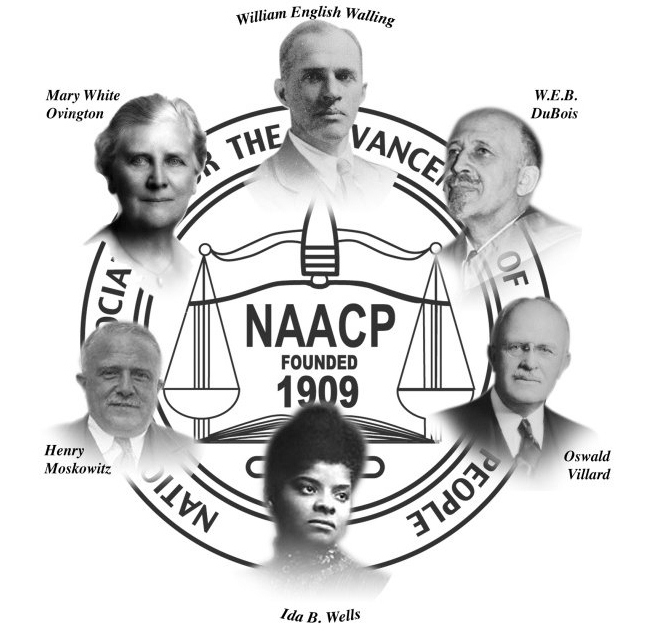<img src="http://31.media.tumblr.com/33394ff3b4453e2b8cee05a55a80511b/tumblr_mv4snrcLAd1siae1oo1_500.jpg">
The Zong Massacre
On 29 November 1781, Captain Luke Collingwood of the British ship, Zong, ordered one-third of his cargo to be thrown overboard. That cargo was human – 133 African slaves bound for Jamaica. His motive – to collect the insurance. The case was brought to court – not for murder, but against the insurers who refused to pay up. This is the cruel story of the Zong Massacre.
The slave ship, Zong
On 6 September 1781, the Zong, a slave ship, left the island of São Tomé, off the west coast of Africa, bound for Jamaica. The ship was cruelly overcrowded, carrying 442 Africans, destined to become slaves, accompanied by 17 crew. The human cargo was manacled and packed so tightly, to have no room to move. But for the captain, Luke Collingwood, the more Africans he could squeeze in, the greater the margin of profit for both the ship’s owners and himself.
For Collingwood, previously a ship’s surgeon, this was his first and last assignment as captain. Planning to retire, he hoped for a generous bounty to help him in his retirement. The greater the number of fit slaves he delivered to Jamaica, the greater his share.
Captain Collingwood’s decision But by mid-November, the inexperienced Collingwood found himself in the mid-Atlantic, unable to navigate out of the calm winds of the Doldrums. The slaves, suffering from malnutrition, dysentery, scurvy and disease, began to die. By 28 November, 60 had died, along with seven crew members. Many more were falling sick. Collingwood began to panic – the delivery of dead slaves would earn the shipowners nothing. If, however, the Africans were somehow lost at sea, then the shipowners’ insurance would cover the loss at £30 per head.
So Collingwood, himself suffering from fever, had an idea. Having discussed it with his crew, he made an unimaginably cruel, but to his mind, logical decision. Rather than allow the sick slaves to die on board and be rendered worthless, he would throw them overboard – and hence claim on the insurance. First Mate, James Kelsall, protested but was overruled. At some point during the trip, Kelsall had been suspended from duty but we do not know whether or not it was for this act of protestation (on arrival in Jamaica, the ship’s log had conveniently disappeared).
Thus, on 29 November, 54 sick slaves, mainly women and children, were dragged from below deck, unshackled (after all, why waste good manacles?) and heaved from the ship into the ocean. The following day, more were murdered. In the end, Collingwood had thrown 133 slaves to their deaths. Many struggled and the crew had to tie iron balls to their ankles. Another ten slaves threw themselves overboard and in what Collingwood described as an act of defiance.
The ship finally arrived at its destination on 22 December 1781 – a trip that normally took 60 days had taken Collingwood 108. There were still 208 slaves on board, sold for an average of £36 each.



















